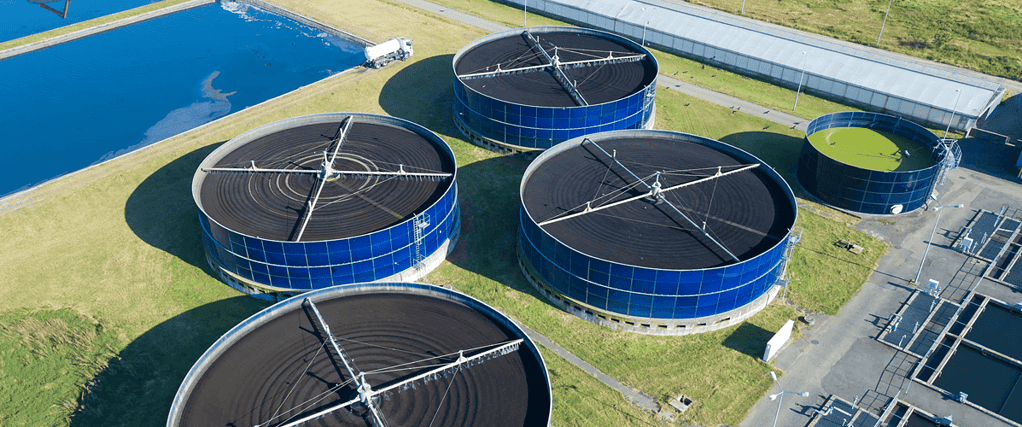Introduction
Sewage treatment plants are essential for maintaining public health and environmental safety. They process wastewater to remove contaminants, ensuring clean water release. However, these plants face numerous challenges that can hinder their efficiency.
Common Challenges Faced by Sewage Treatment Plants
Ageing Infrastructure
Many sewage treatment plants operate with outdated equipment. This ageing infrastructure can lead to frequent breakdowns and inefficient processing. Upgrading these systems is costly but necessary to maintain functionality.
Increased Load
Population growth and industrial activities increase the volume of wastewater. Treatment plants often struggle to keep up with this surge, leading to potential overflows and untreated water release. Expanding plant capacity and improving processing techniques can mitigate this issue.
Energy Consumption
Sewage treatment is energy-intensive, contributing to high operational costs. Energy-efficient technologies and renewable energy sources can significantly reduce these expenses, promoting sustainable operations.
Sludge Management
Sludge, a byproduct of sewage treatment, poses a disposal challenge. Safe and cost-effective methods for sludge management are crucial. Advances in biogas production and composting offer promising solutions for sludge disposal.
Chemical Usage
Many treatment processes rely heavily on chemicals, which can harm the environment. Finding alternative, eco-friendly methods and reducing chemical dependency is essential for sustainable operations.
Addressing the Challenges
Modernizing Infrastructure
Investing in modern equipment and technology is vital. Upgrading infrastructure improves efficiency and extends the plant’s lifespan. Government grants and public-private partnerships can fund these necessary updates.
Expanding Capacity
To handle increased wastewater volumes, expanding sewage treatment plant capacity is crucial. Implementing modular systems allows for scalable solutions that grow with demand. This approach ensures that plants can adapt to future needs.
Energy-Efficient Technologies
Adopting energy-efficient technologies like advanced aeration systems and solar power can reduce operational costs. Implementing these solutions supports both economic and environmental goals.
Sustainable Sludge Management
Innovative methods for sludge management, such as anaerobic digestion, convert waste into valuable resources like biogas. This addresses disposal issues and generates renewable energy, creating a circular economy.
Eco-Friendly Treatment Processes
Developing and utilizing green treatment processes minimizes environmental impact. Techniques like constructed wetlands and natural filtration reduce chemical usage, promoting a healthier ecosystem.
Conclusion
Sewage treatment plants are pivotal in safeguarding public health and the environment. It is essential to address their challenges through modernization, capacity expansion, energy efficiency, sustainable sludge management, and eco-friendly processes. These solutions ensure that treatment plants operate effectively, providing clean water for future generations.





